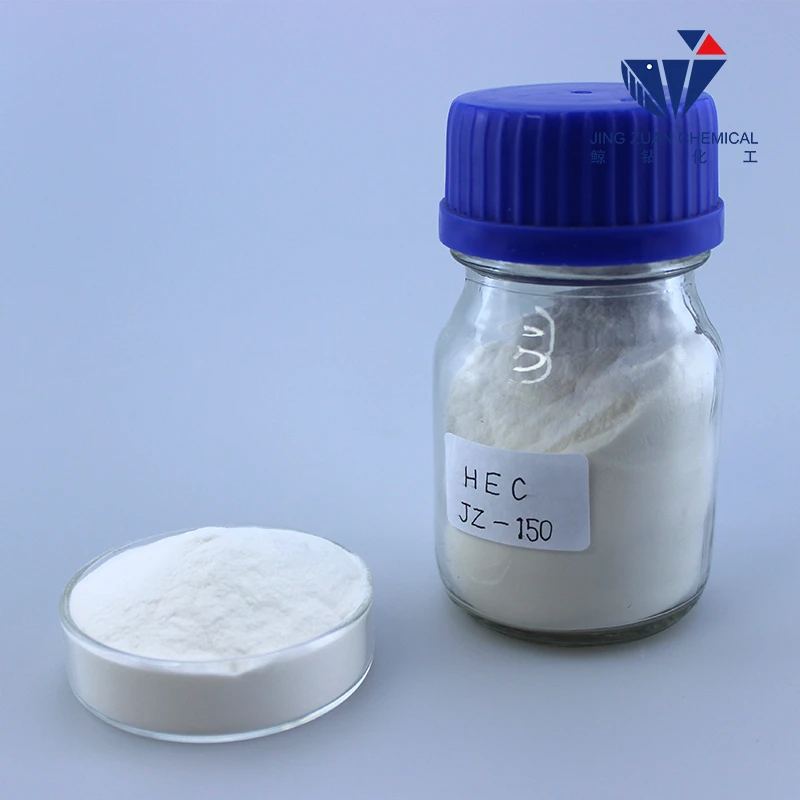
10월 . 18, 2024 14:02 Back to list
Chemical Structure and Applications of Hydroxyethyl Cellulose in Various Industries
Hydroxyethyl Cellulose Structure, Properties, and Applications
Hydroxyethyl cellulose (HEC) is a widely used water-soluble polymer derived from cellulose, the most abundant organic polymer on Earth. Cellulose, which is found in plant cell walls, undergoes a chemical modification process to produce HEC by introducing hydroxyethyl groups. This modification enhances its solubility in water and alters its rheological properties, making HEC a valuable compound in various industries.
Chemical Structure and Formula
The basic chemical structure of hydroxyethyl cellulose is based on the cellulose backbone, which consists of repeated β-D-glucose units linked by β-1,4-glycosidic bonds. The chemical formula for hydroxyethyl cellulose is often represented as (C₂₄H₃₈O₁₈)n, where 'n' indicates the degree of polymerization and can vary widely, influencing the properties of the polymer. The hydroxyethyl groups (-CH₂CH₂OH) are introduced through a reaction with ethylene oxide, which replaces some of the hydroxyl groups on the glucose units of cellulose. The extent of substitution affects the solubility, viscosity, and thermal stability of the resulting HEC.
Properties
One of the defining features of hydroxyethyl cellulose is its ability to dissolve in water and form a viscous solution. This property makes it a useful thickening agent in many formulations. The viscosity of HEC solutions can be tailored by adjusting the degree of substitution and the molecular weight of the polymer. Furthermore, HEC is characterized by its non-ionic nature, which makes it compatible with a wide range of other additives and surfactants.
HEC is thermally stable and exhibits shear-thinning behavior; its viscosity decreases under shear stress, which is advantageous in processes such as pumping or mixing. HEC also has excellent film-forming capabilities, which make it useful in coatings and adhesives. Notably, it is biodegradable and considered safe for use in food, cosmetics, and pharmaceuticals.
Applications
hydroxyethyl cellulose chemical formula

The versatile properties of hydroxyethyl cellulose have led to its widespread application across various industries
1. Cosmetics and Personal Care HEC is commonly used in lotions, creams, and shampoos as a thickening and stabilizing agent. Its film-forming properties enhance the texture and consistency of these products, providing a smooth application.
2. Pharmaceuticals In the pharmaceutical industry, HEC serves as a binder and a controlled release agent in tablets and capsules. Its water retention properties also make it an effective excipient that helps with the stability of active ingredients.
3. Construction HEC finds significant use in construction materials, particularly in cement-based products and tile adhesives. It improves workability, water retention, and adhesion properties, making it essential for high-performance building materials.
4. Food Industry As a food additive, HEC acts as a thickener and stabilizer in sauces, dressings, and other processed foods. Its ability to modify the texture and mouthfeel of food products makes it valuable in the food technology sector.
5. Oil and Gas HEC is used as a thickening agent in drilling fluids and polymer slurries, contributing to the efficiency and safety of drilling operations.
In conclusion, hydroxyethyl cellulose is a multifaceted polymer with a unique structure and myriad applications. Its favorable properties such as solubility, viscosity, and stability make it indispensable in industries ranging from personal care to pharmaceuticals. As research continues to uncover new uses and formulations, the significance of HEC in modern applications is likely to grow, showcasing its vital role in enhancing the functionality of everyday products.
-
Unlocking the Benefits of HPMC Products: A Gateway to Versatile Applications
NewsAug.07,2025
-
Unleashing the Potential of HPMC Ashland: A Comprehensive Look
NewsAug.07,2025
-
Tile Bonding Cellulose: The Key to Superior Adhesion and Durability
NewsAug.07,2025
-
Hydroxypropyl Methylcellulose Powder: The Versatile Component in Modern Pharmaceuticals
NewsAug.07,2025
-
Hydroxyethyl Cellulose: The Versatile Solution for Various Industries
NewsAug.07,2025
-
Hydroxyethyl Cellulose (HEC): The Versatile Polymer for Various Applications
NewsAug.07,2025







